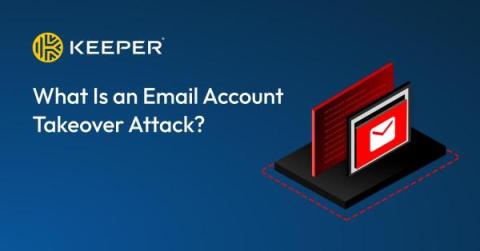What To Do if You Click on a Phishing Link
If you click on a phishing link you should immediately disconnect your device from the internet, scan your device using antivirus software and keep a lookout for suspicious activity and transactions on your online accounts. Continue reading to learn what a phishing link is, what could happen if you click on a phishing link and how to avoid clicking malicious links.











